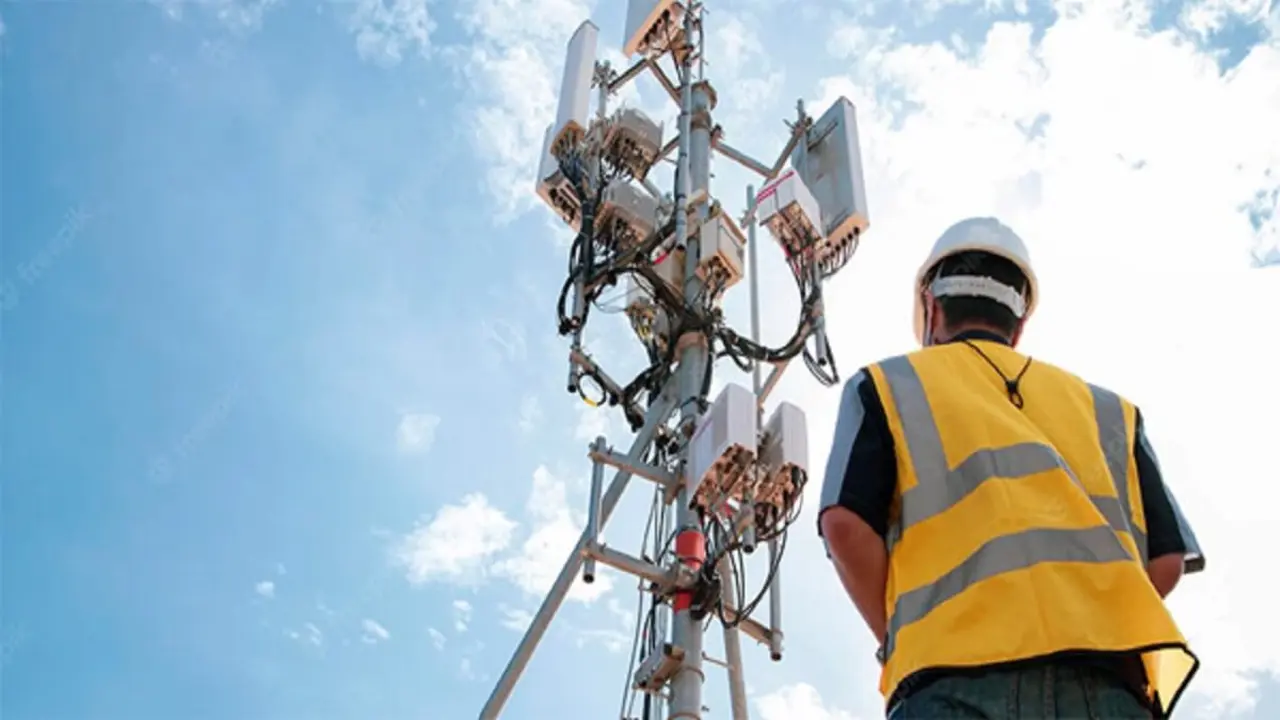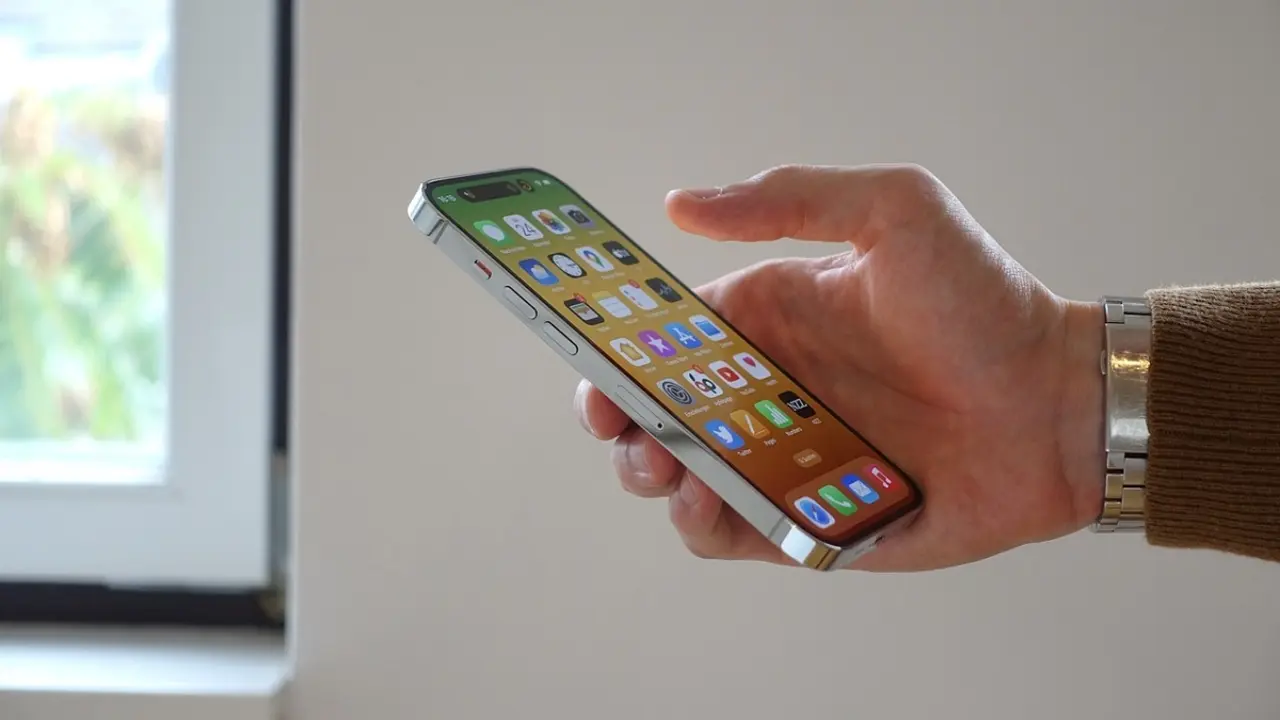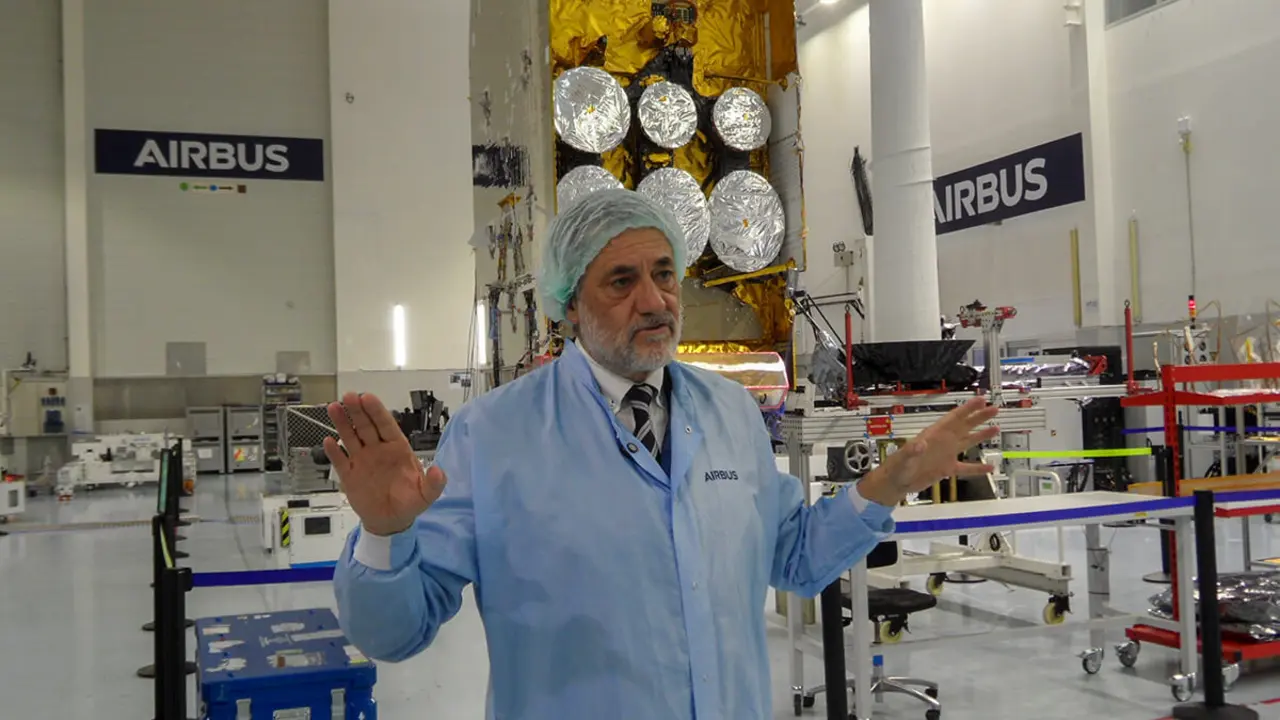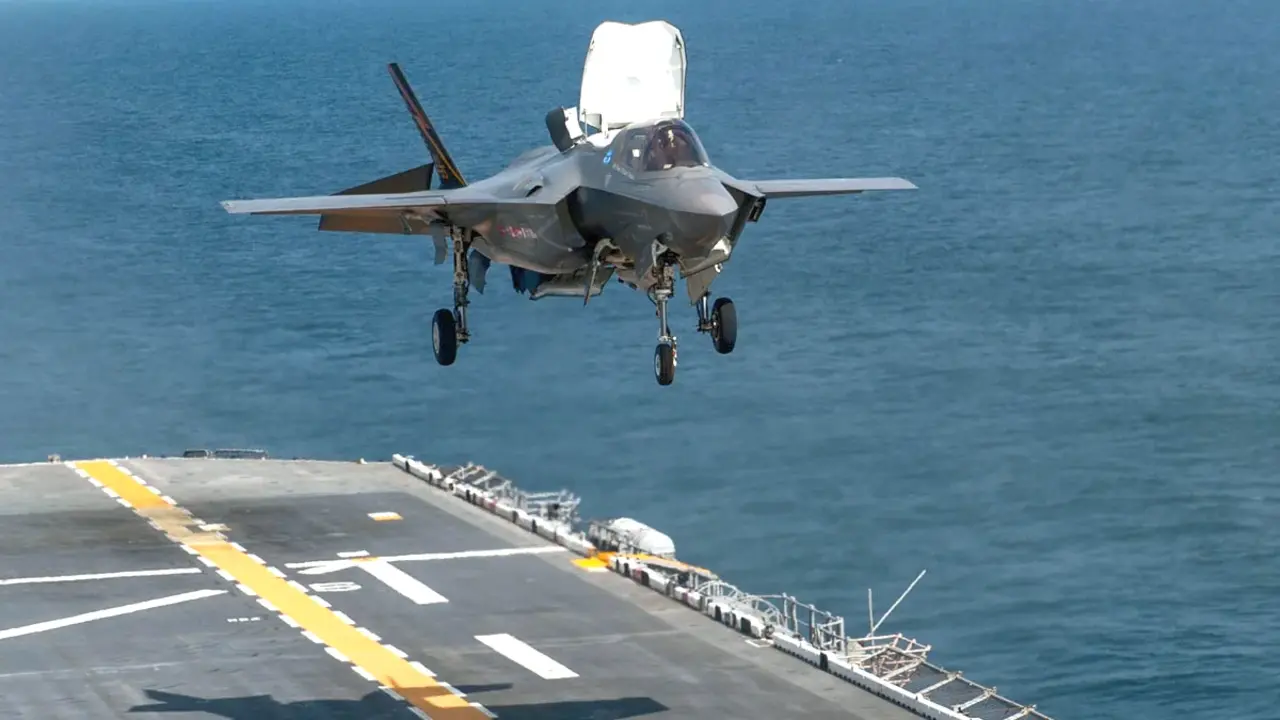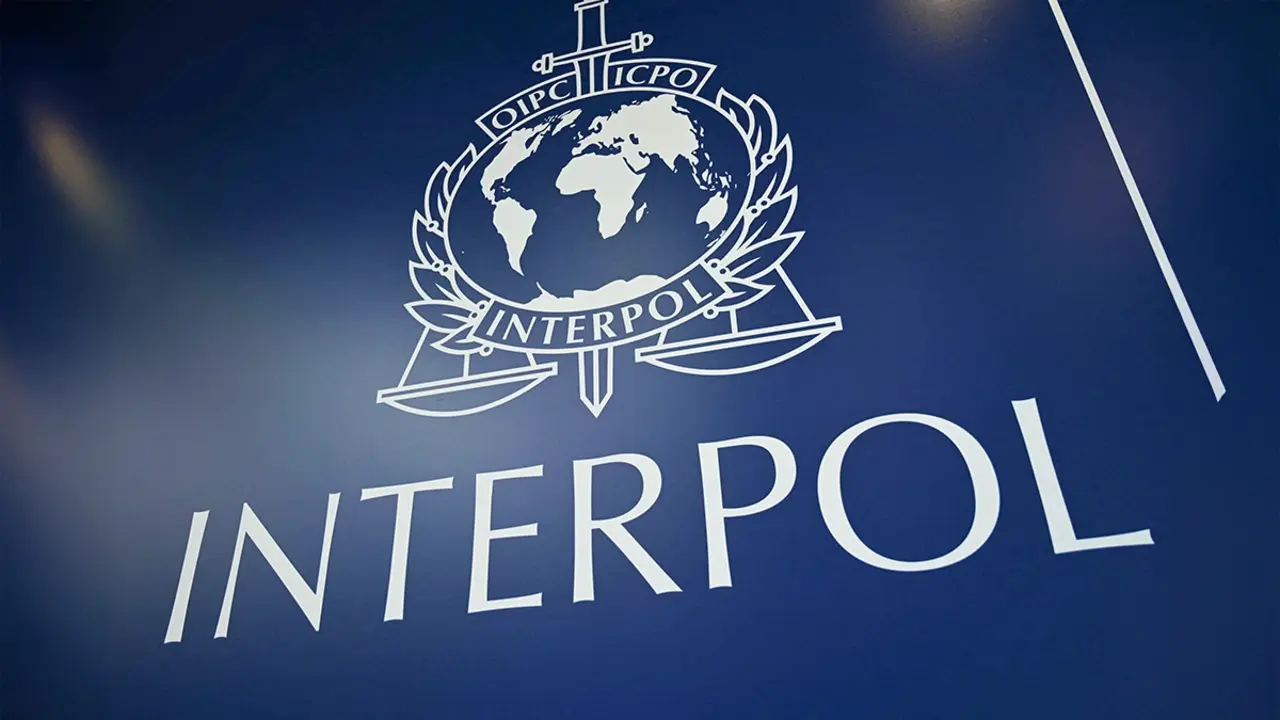Emirates is partnering with a private company from Japan to touch down on the moon in 2022

The Union of Arab Emirates has unveiled the main details of its plan to explore the Moon. The framework chosen to present its national project was the GLEX Global Space Exploration Conference held from 14-18 June in St Petersburg, Russia, the first major gathering of space agencies since the start of the coronavirus pandemic, organised by the International Astronautical Federation and sponsored by the Russian Space Agency.
Salem al-Marri, the deputy director general of the Mohammed bin Rashid Space Centre, took on the role of explaining the keys to the ambitious initiative. The head of the Gulf state's main space organisation explained that the assault on the Earth's natural satellite will take place "at the end of 2022, two years ahead of the initial planning".
In contrast to the autarkic path followed by other nations, and in accordance with the recommendations of their engineers and scientists, the Emirati authorities have decided to reach the moon in the easiest and quickest way possible. To achieve this, they will use an American launcher and a Japanese commercial spacecraft already available.

The new Emirates Lunar Mission is the result of a strategic partnership with the private Japanese company Ispace. Founded in 2010 and led by aerospace engineer Takeshi Hakamada, his team has developed the commercial lunar programme called "Hakuto-R", a finalist in the Google Lunar XPRIZE competition and supported by automobile manufacturer Suzuki, watchmaker Citizen and Japanese airlines JAL.
"Hakuto-R" - white rabbit in Japanese mythology - consists of a descent module more than 2 metres high and a double propulsion system inside which the small all-terrain exploration vehicle "Rashid" will be housed. Weighing between 4 and 10 kilos and with four drive wheels, its dimensions are tiny: 58 centimetres long, 53.6 centimetres wide and 35.8 centimetres high.

Two high-resolution cameras, one microscopic and one thermographic, will be mounted on a mast to collect images that will be sent back to Earth. It will also carry several scientific instruments provided by the emirati to study the lunar soil regolith. Its range will be a couple of hundred metres, in an area that has not yet been explored and has not yet been revealed.
Rashid is expected to operate for about half a lunar day, the equivalent of 27 Earth days. In that time, the aim is to avoid the 200 degrees Celsius or so that can be reached during the night. The rover's small capabilities prevent engineers from equipping the rover with a system to protect it from low temperatures.
The mission will be launched from the Kennedy Space Center in Florida (USA) by a Falcon 9 rocket owned by billionaire Elon Musk's SpaceX. If the UAE succeeds in landing its "Rashid" vehicle on the moon in 2022, it will be the first Arab nation to do so and the third in the world. So far, only three all-terrain vehicles from NASA -in the early 1970s- and two from China, in 2013 and 2019, have been on the ground of our natural satellite.

Salem al-Marri anticipated in St Petersburg that Emirates' lunar plans do not end with the aforementioned mission. "We are going to build a second all-terrain vehicle and land it in 2025," he said. He stressed that "we will support Emirati companies" to develop projects related to the exploration of the cosmos.
The aim of the measure is to enable the country's start-ups, universities and commercial entities to use the spacecraft that Emirates positions around the Moon, its next all-terrain vehicle and those that follow it to test and implement new scientific and technological initiatives.

The strategy of the vice president, prime minister of the Emirates and ruler of Dubai, Sheikh Mohammed bin Rashid al-Maktoum, to engage in outer space exploration is much more ambitious. Al-Marri announced at the Global Space Exploration Conference in Russia that, in cooperation with institutional organisations and private companies from third countries, "our eyes are set on sending Emirati astronauts to the lunar surface".
In the long term, the UAE's plans are focused on building a human base on the moon to carry out major scientific and technological projects. It is for this reason that they have been able to take advantage of the liberalisation of access to outer space to private initiative.
But their ambition is much more far-reaching. The authorities in Abu Dhabi and Dubai know that the moon is one of the main gateways for mankind to access the surface of Mars and build a habitable base on a planet other than Earth.

They are investing huge resources to reorient the country from an economy based on oil extraction to a more technologically advanced goal. They want Emirates to be a preferred partner of space agencies from the United States, Russia, China, India, Japan and Europe in preparing for future manned missions to the surface of Mars from the Moon.
Emirates launched its Al-Amal probe in July 2020, the first Martian mission by an Arab country. The spacecraft reached the orbit of the Red Planet last February. The wealthy, powerful and influential Gulf country's interest in science and human presence beyond Earth was reflected in September 2019, when F-16 fighter pilot and astronaut Hazza al-Mansouri spent eight days aboard the International Space Station.


